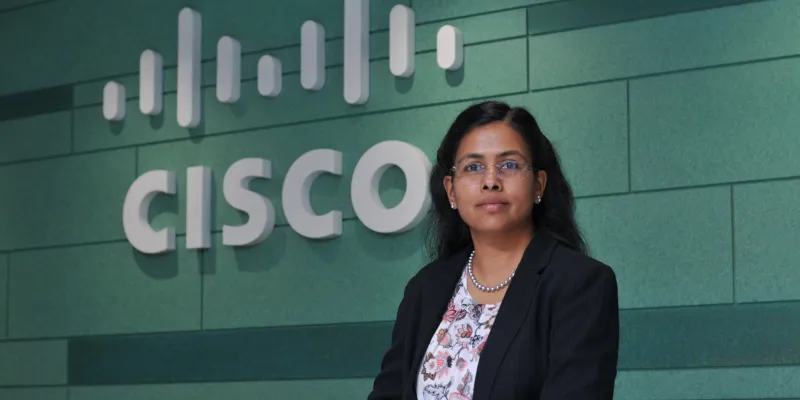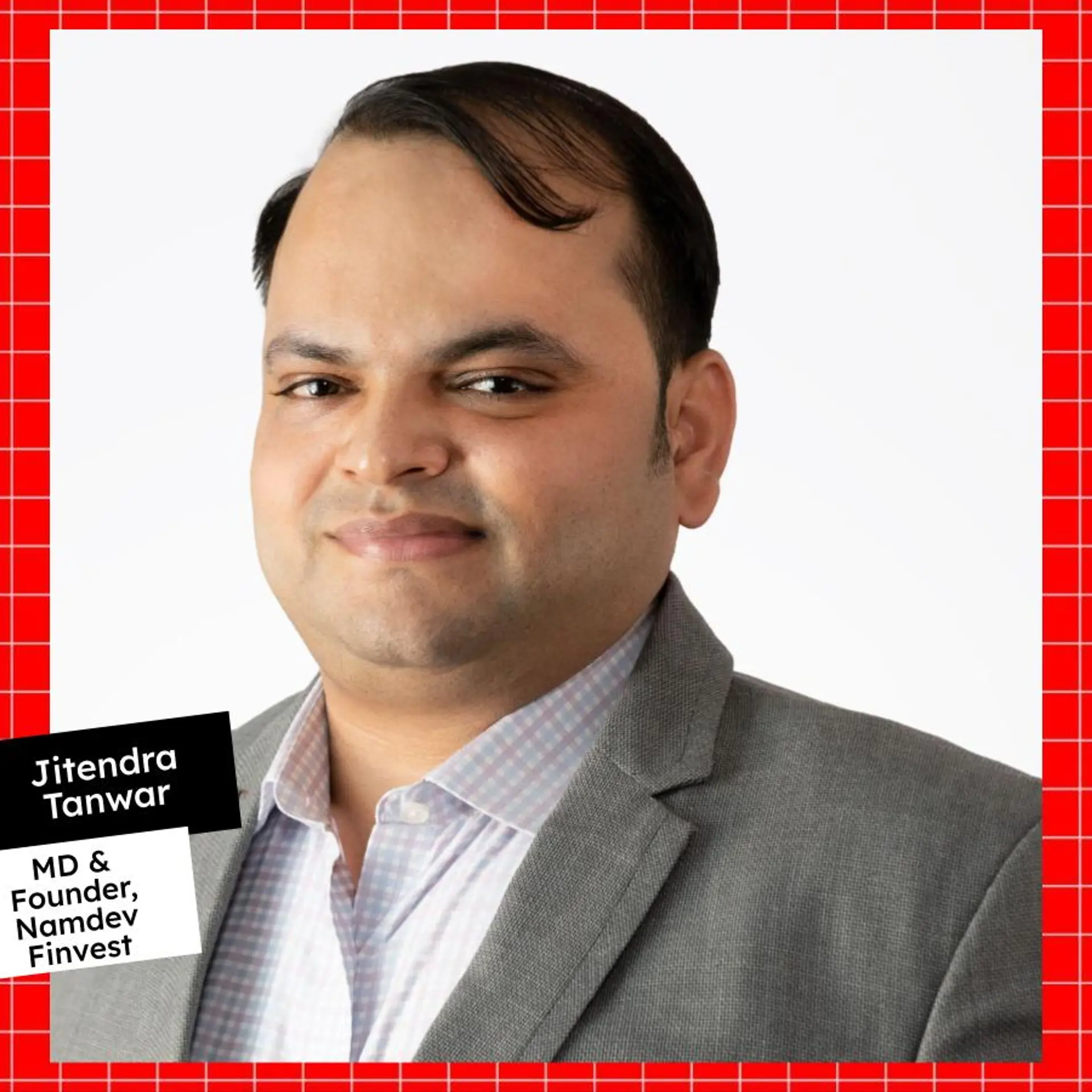Cisco’s Daisy Chittilapilly talks about startups, data, and security
On the sidelines of the fifth Cisco India Summit, YourStory spoke to Daisy Chittilapilly, Managing Director, Digital Transformation Office, Cisco India and SAARC.
The monsoon is in full force, and Goa is as picturesque as can be. Amid the relaxed Goan vibe, the bustle in Cisco is palpable. The one thing that is clear at the Cisco India Summit is the company’s shift in focus and strategy. For one that has until now been focussed on hardware, Cisco is now, as they say, ‘falling in love with the network again’.
Moving focus to networks, cloud, and data centres, not only did Daisy Chittilapilly, Managing Director, Digital Transformation Office, Cisco India and SAARC, emphasise on why the company is best equipped to take on the network, but also how is it holistically looking at digital transformation.

Below, edited excerpts of an interview:
YourStory: What are the key thoughts behind the shift in Cisco, and where has it come from?
Daisy Chittilapilly: There are five things that we think will define Cisco today, and for the next five years. Even when we didn’t talk about the network, a majority of our business came from the network space.
We are in the best position to reinvent the network conversation because we have the technology and customer access. The reason for the reinvention of the network is simple. We had made a prediction in 2013 that 50 billion devices will be connected to the network, and we also said more devices will be non-IT than IT.
Last year, that came true. At this size and scale, the manual way of doing things, in practice over the last 20-30 years, cannot scale. We had to find a new way to do networking, and that is where ‘Intent-based Networking’ comes in.
While people have spoken about ‘software-defined’ technology for a long time, Cisco is the only one that can deliver software-defined technology across both local and wide area networks (LAN/WAN) with security features wrapped in.
YS: Why the shift towards security? And if I am not wrong, it is embedded into the systems that Cisco integrates with?
Daisy: We realised early on that the network touches and reaches everywhere. We took the decision to embed security as a fundamental feature of the network. Cisco has been doing this for a long time. The network started off as only data, then we pushed voice, then video, onto the same network, and now we are pushing security. It is simply because the network today is all pervasive.
YS: What is Cisco’s view of data and analysis?
Daisy: Since there are so many devices connecting, they all pump in data. Thousands of billions of event-based data points make no sense to a customer. To make sense, it needs to be given as tens of events. So, data isn’t important, insights are more important.
The idea is to drive intelligence into infrastructure to make decision-making easier for the client. We definitely aren’t a cloud provider, but we are in the process of recommending to our clients what they should keep where. The multi-cloud conversation comes from the fact where we aren’t saying one is better than the other, but what workload or data needs to be where.
This also means human interaction is at the centre. All our technologies work in collaboration. If an HDFC Bank user says he is using a Chillr app and that experience isn’t great, the end consumer isn’t going to be happy. Your customer experience can be influenced by the data centre technology, and by AppDynamics and application processing. Experiences are a slew of things that you can build into any process that affects a customer.
YS: What is your aim with Digital Transformation Office?
Daisy: Our attempt in the digital transformation space is to take these core technology solutions and make sense of it for buyers like a bank, an educational institute, or a manufacturing conglomerate in the language that matters to them.
It’s a bridge where we develop the expertise to understand the different steps of what is a network’s role, what’s the security layer on top of it, what the data centre needs to look like, and connect it all.
Digital use cases are a complicated thing – there are multiple players and we need to understand the business model that is optimum for the customer and their use cases.
YS: What are the sectors that Cisco is targeting under digital transformation?
Daisy: We are focussed on the financial services industry, manufacturing, retail, ITES, and government and related areas. It is where we are seeing most traction from a Cisco relevance point of view.
Digital is not a space where you can make an outcome happen with zero participation from the client. They have to be open to sharing their problems, challenges, and what their business plan is. It is not buying technology on the basis of great specifications and speeds and feeds. It’s about the level of transparency, to be able to discuss the process, and what are the chinks in that process that aren’t related to Cisco at all. The idea is in what pockets can Cisco help and bring value.
If you look at these sectors, you realise that we have strong points of view in all of the sectors and a strong presence. Digital is a highly transformational and evolving space, and you have to jointly think of building new ecosystems and business models, and it takes trust and respect to work this out.
YS: Is Cisco open to working with startups, or to look at acquisitions?
Daisy: Of course! I will give you two use cases in smart cities as well as in manufacturing. In the former, we have a data aggregation platform – Kinetic – for cities.
For cities, we have engaged with several smaller companies and startups in India, to be able to build multiple uses cases. There is an ecosystem of partners building a bouquet of use cases. In manufacturing, we need someone with manufacturing domain expertise to analyse data and give the information. We have worked with smaller companies, which have great skill and are great platforms.
Integration with our platform to be able to go to market together is what we are really looking at. On the level two of maturity, we onboard them as Solution Plus, which means they have access to Cisco’s global marketplaces.
YS: What do you look at in startups to partner with?
Daisy: Typically, we have certain solution areas and we have missing pieces. So, we may have gaps between what we can do and what the customer wants, and we look for people who have use cases in that space or are potentially doing something else.
But the same tech can be used in different verticals. We have our own incubator – Cisco Launchpad. We have seed investments, we are inside T-Hub, Nasscom, and have a presence in the ecosystem. With Launchpad, we can work with early-stage startups, mentor them, and potentially help them think through their business and market, and help take them to market or acquire them.







